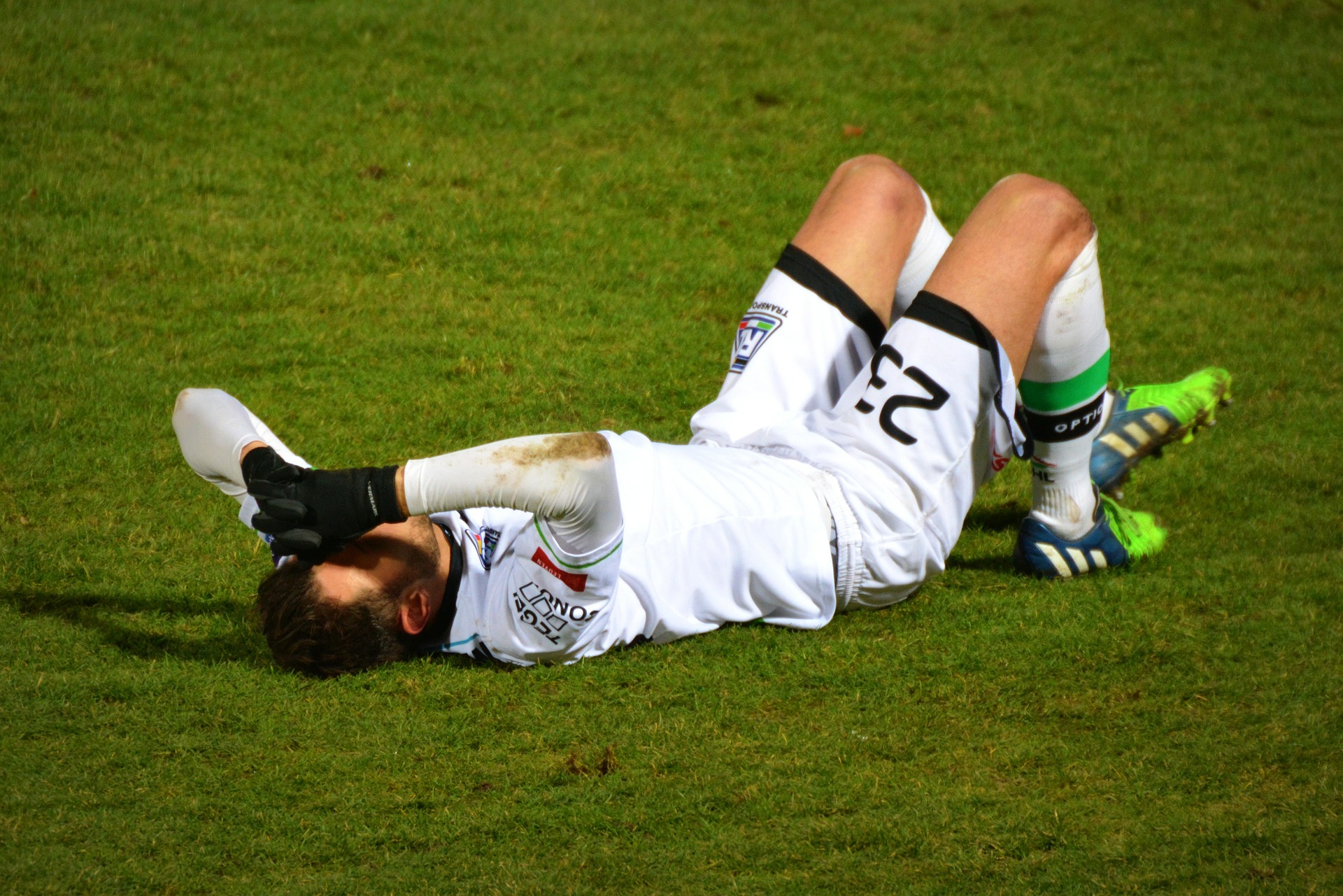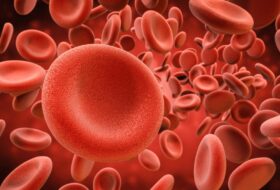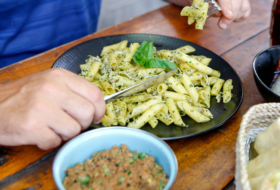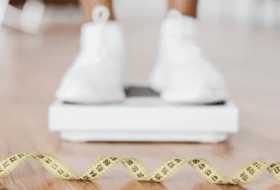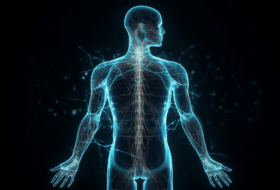In exercise and sport, injuries happen. We would be as bold to say that they are an inescapable aspect, especially in contact sports. What is often overlooked, however, is the critical role nutrition plays in the recovery process. In this article, we’ll break down the fundamentals of injury repair and explore nutrition strategies to support a speedy recovery.
Understanding the Injury Repair Process
Before we delve into how nutrition is crucial for optimising injury recovery, let’s establish a basic understanding of the injury repair process itself.
There are different types of injury – those that affect soft tissues (muscles, tendons, ligaments, menisci and cartilage) and those that impact hard tissues (bone and teeth). They can be acute, resulting from sudden trauma like fractures, sprains, cuts, and bruises, or gradual, caused by overuse, such as stress fractures or tendonitis. There are also brain injuries like a concussion, caused by a blow to the head or body, causing the brain to ‘shake’ inside the skull. The injury repair process is carried out in two stages. The first is tissue healing, further divided into three phases: inflammation, proliferation, and remodeling. The second stage focuses on rehabilitation, aimed at regaining strength, movement, and function.
The Healing Process
he first phase of healing, inflammation, kicks in immediately after an injury occurs. It can last for hours or days, depending on the extent of the injury. Inflammation is a natural response, with the immune system working to prevent infection and repair damaged tissue. It often comes with pain, swelling, redness, and heat. While it might be uncomfortable, it’s an essential part of the repair process. Without it, an injury won’t heal. However, excessive or prolonged inflammation can exacerbate an injury and slow down recovery.
Once inflammation has dampened down Proliferation takes over. This phase involves a rapid increase in the number of new blood vessels and the repair and formation of new tissues. The new tissue, known as scar tissue, is temporary. Athletes can often begin light exercise during this phase.
The final phase is Remodeling, where temporary scar tissue is broken down and gradually replaced with stronger tissue. This process can take weeks to years depending on the severity of the injury.
The healing process is quite similar for soft and hard tissue. Inflammation is the first step. After that, recovery is all about building up new tissue from the different building blocks.
After an injury or surgery an athlete may not be able to move a limb for a period of time. Often referred to as the immobilisation phase it comes with losses to muscle mass, range of movement and function.
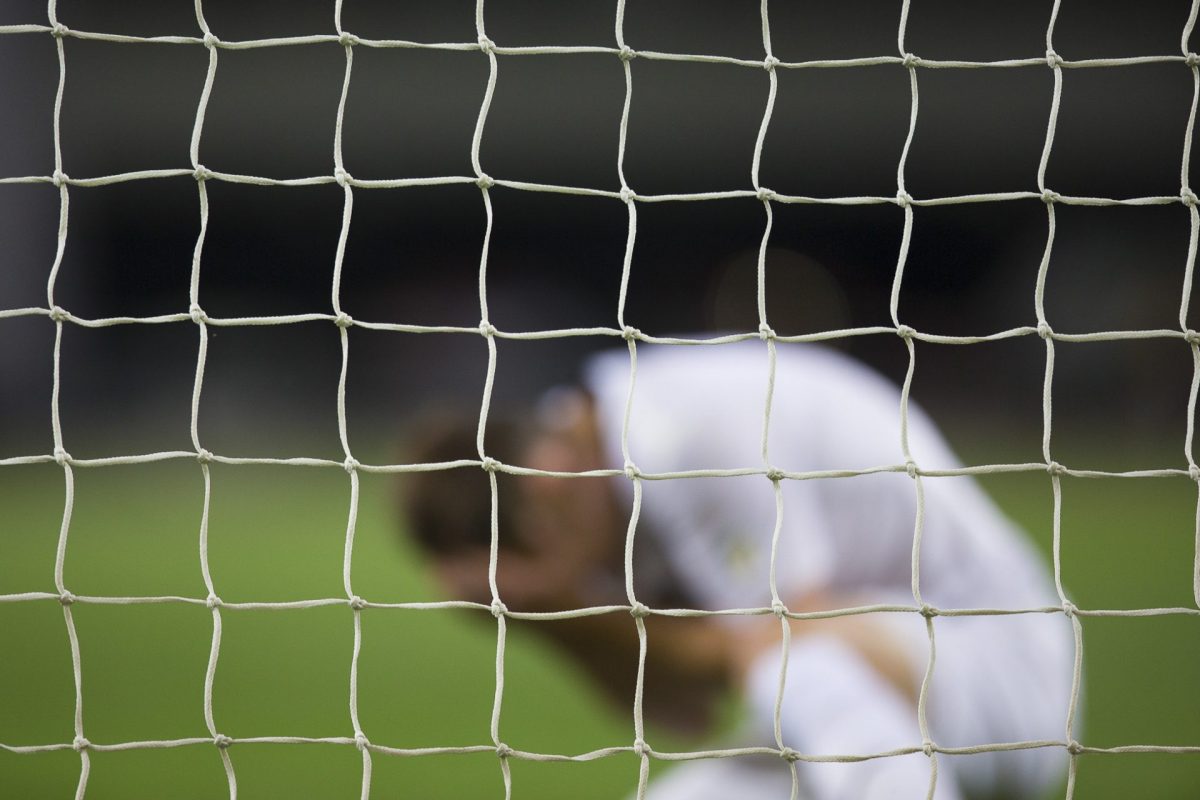
Rehabilitation
Rehabilitation is the second stage of an athlete’s injury recovery journey. It’s about regaining movement, balance and returning to sport.
How Nutrition Facilitates Recovery
While nutrition can’t accelerate the injury recovery process, neglecting it can prolong the process. Even though we’re still learning about nutrition’s role in injury recovery, there’s no doubt that an athlete’s diet plays a vital role.
So, what nutrition strategies should athletes implement following an injury? As mentioned earlier, the initial stages of recovery for soft and hard tissue injuries are quite similar. Therefore, the nutrition approach is largely the same, with these priorities:
1. Maintaining Energy balance. This means balancing the kilojoules or calories you consume through your diet with the amount you burn via day to day living, exercise and in this case injury repair. Under-eating during this time compromises injury healing and the preservation of muscle mass. While overeating may result in gaining unwanted body fat. Energy needs increase significantly during recovery, especially with severe injuries or after major surgery. If you’re on crutches, your body uses even more energy. However, overall daily energy needs might be lower due to reduced training.
2. Fueling the healing process. Carbohydrate fuels your immune system. It also needed to repair and build new tissue. If you do not eat enough your body will draw on energy from other sources such as the breakdown of muscle tissue, compromising healing and repair. Opt for quality carbohydrates such as starchy vegetables, fruit, oats and other wholegrains, legumes and dairy.

4. Adequate protein intake. Protein breaks down into amino acids, the building blocks of muscle and other soft tissue. Protein needs are higher during injury recovery, with a recommended intake of about 2 grams per kilogram of body weight daily. For prolonged periods of immobilization, a higher intake of around 2.5 grams per kilogram daily is recommended. This higher intake helps preserve muscle mass when you can’t exercise the injured limb. Distribute protein evenly across all meals and choose leucine-rich sources.
Leucine has earned the name “anabolic trigger” due to its ability to switch on muscle protein synthesis faster than any other amino acid. Animal proteins such as lean meat, fish and seafood, poultry, eggs and dairy are the highest source. Small amounts can be obtained from plant proteins such as nuts, seeds, tofu and legumes as well..
5. Don’t forget the “little guys”. Vitamins and minerals support the immune system and tissue repair. A well-planned and varied diet typically covers your micronutrient needs. However, in certain situations, a sports dietitian or doctor may recommend supplements. Check out the infographic for some key players and their food sources.
5. Manage inflammation. After the initial acute inflammation subsides, focus on consuming foods with anti-inflammatory properties. This includes colorful fruits and vegetables, omega-3 fats (found in oily fish, nuts, and seeds), garlic, turmeric, tea, pineapple, and tart cherries.
Check out our Soy, Ginger And Orange Glazed Salmon recipe which is loaded with lots of anti-inflammatory goodies.
6. Avoid or limit alcohol. Alcohol contributes to inflammation, exacerbates muscle loss, impairs muscle building, and negatively affects sleep quality. It also dulls the perception of pain, increasing the risk of re-injury.
Can Supplements Help?
There are some supplements that may support injury repair. These are typically specific to the type of injury and are covered in our injury specific content.
In Conclusion
Although there is still so much to learn there is no question that Nutrition plays a pivotal role in injury recovery. An injured athlete’s primary focus should be on maintaining an energy-balanced and varied diet rich in protein. From there, attention can shift to injury-specific nutrition interventions, which we’ll explore in subsequent articles.
Injury nutrition is a complex field, and each athlete is unique. Therefore, it’s crucial for injured athletes to invest in their recovery and seek individualised advice from an experienced sports dietitian or nutritionist.
Written under consultation with New Zealand Registered Physiotherapist Claire Hepperlin from The Recovery Room, Dunedin.

